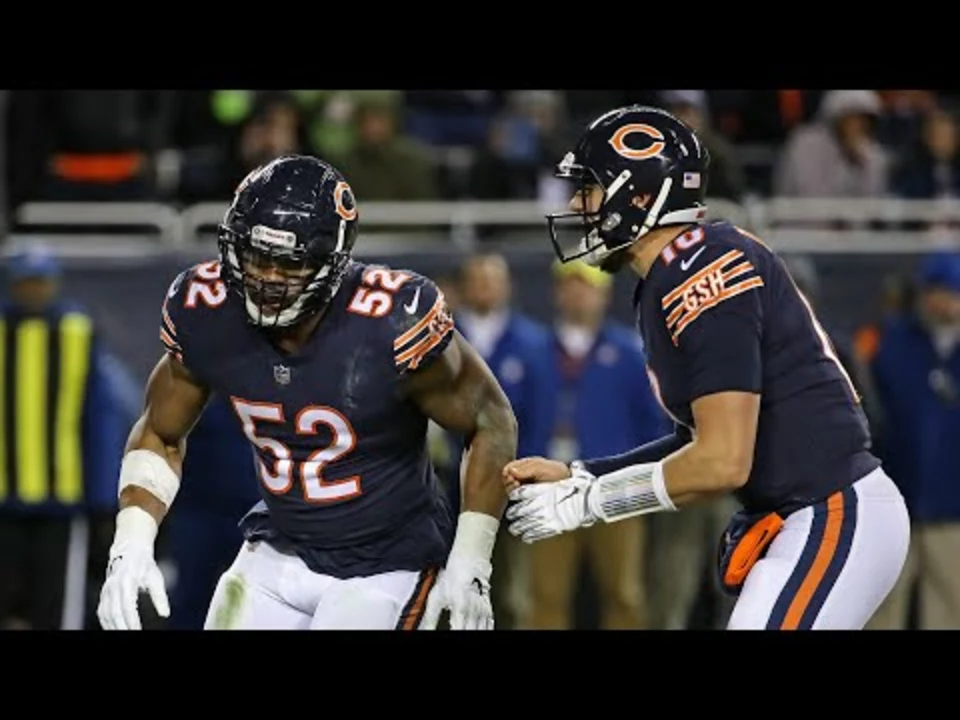Sports and Finance
When we talk about Sports and Finance, the intersection of athletic competition and monetary flow, we’re looking at the money that fuels teams, players and leagues. Think of NFL player contracts, legal agreements that spell out salary, bonuses and guarantees for football athletes as a prime example. The key piece in many contracts is guaranteed money, the portion of a deal that a player receives even if they are cut. In plain terms, Sports and Finance encompasses contract structures, requires knowledge of salary rules, and influences how teams build rosters.
Key Topics in Sports Finance
Another pillar is the salary cap, a league‑wide limit on total player salaries to promote competitive balance. The cap forces clubs to juggle talent and cost, making every guaranteed dollar count. Meanwhile, athlete endorsement deals, partnerships where brands pay players to promote products add a whole extra revenue stream that can dwarf on‑field earnings. Together, these concepts show that sports finance isn’t just about team budgets; it’s a network of contracts, caps, and brand deals that shape both performance and profit.
Below you’ll find a collection of articles that break down real‑world examples – from the question of whether NFL teams must pay out contracts of cut players to the broader impact of guaranteed money on team strategy. Dive in to see how each piece fits into the bigger financial puzzle of the sports world.
